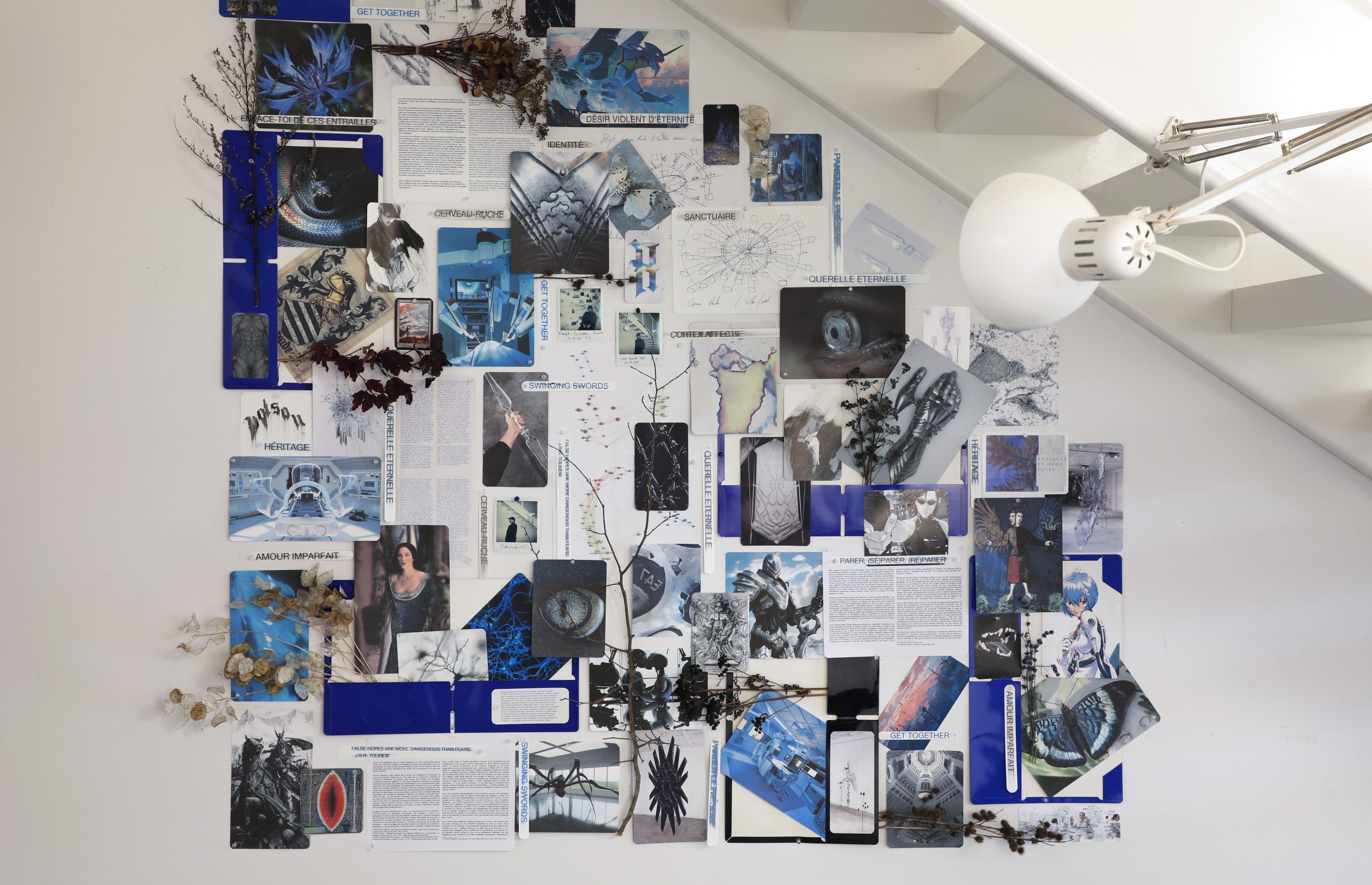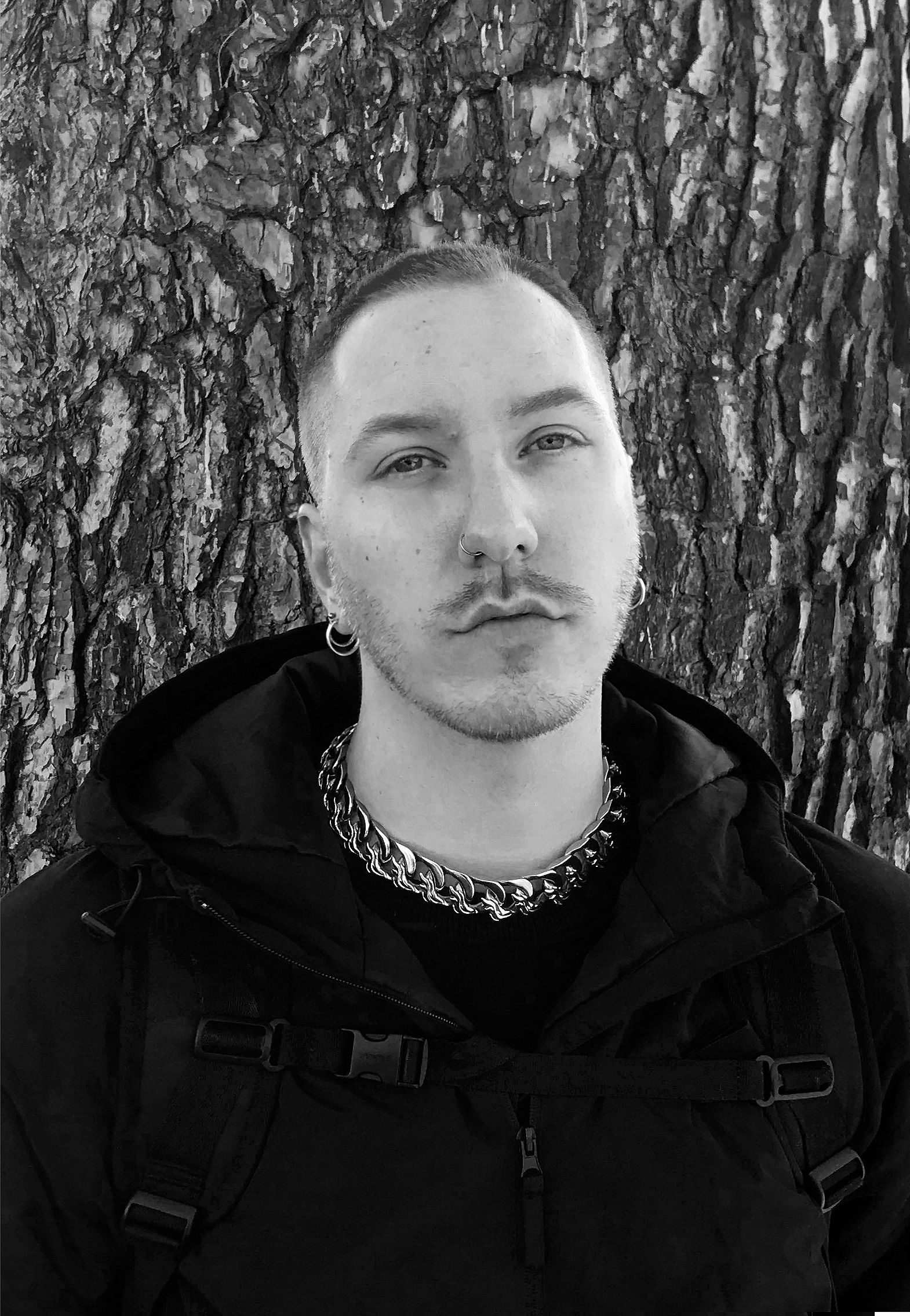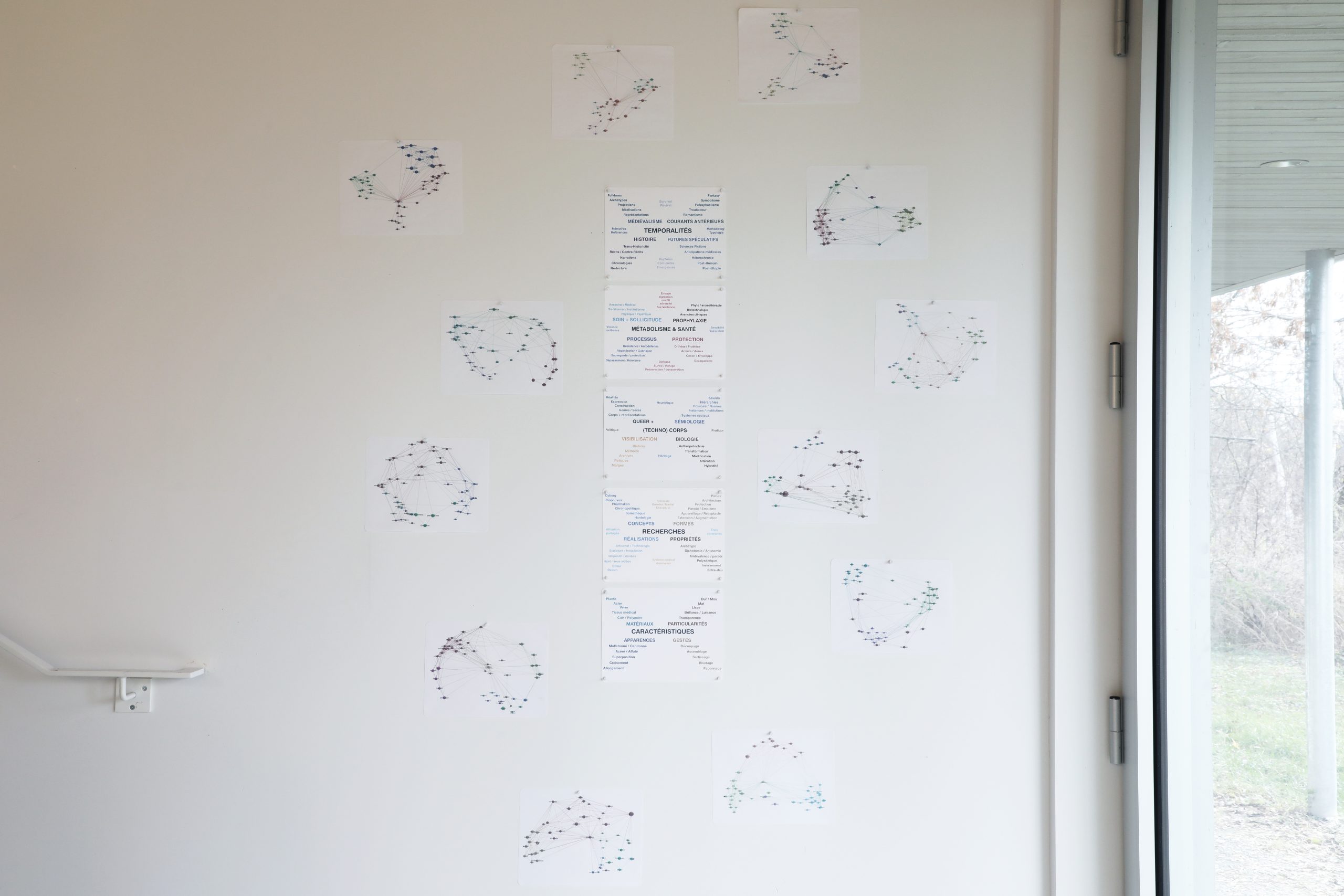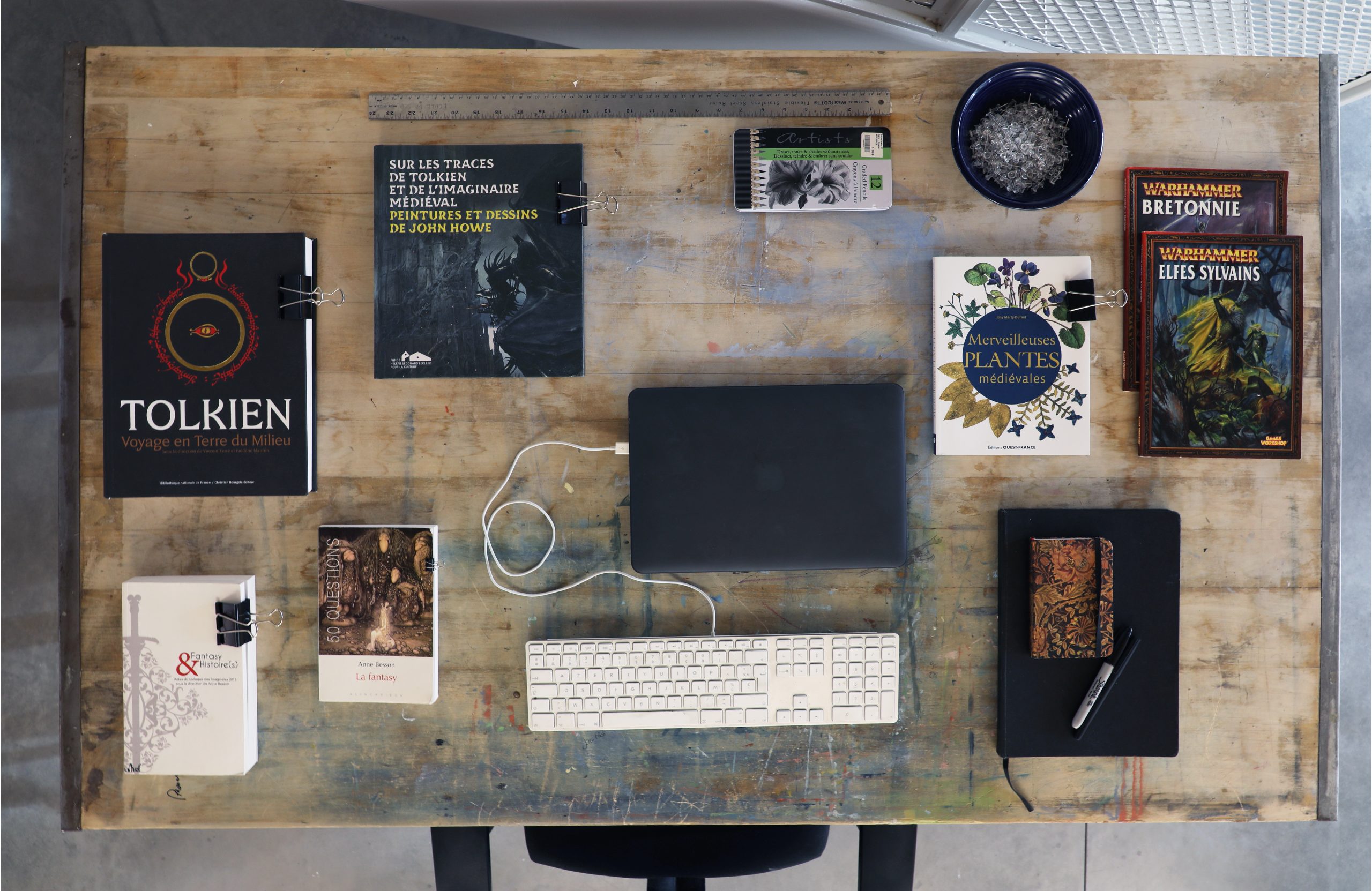Floryan Varennes
Testimony
Floryan Varenne chose to approach his residency at Est-Nord-Est with a desire to pause. Taking advantage of the freedom that the centre offers residents, he wanted to reflect on his ten years of practice in order to envisage the coming years. It was, he said, the first time that a residency allowed him to take a break from the tumult of production, a privilege he greatly appreciated.
On a wall of his studio was a vast collage of images and articles cut out from magazines, words in capital letters, and dried wild plants; all of these elements were part of a mapping exercise that he was preparing. Plants and herbalism are an important part of his work. They are inscribed within his sustained research on the history of margins and the margins of history, and in his desire to tend to the wounds of the present, to care for it. With the perspective gained during his stay by the river, he realized that the different parts of his practice are converging toward the subjects of the body and resistance, and their traces in our imaginations. The body, obstructed or resistant, appears hollowed out in his sculptures that could be called ortho-prostheses. In the terms of Paul B. Préciado, one of Varennes’s favourite authors, one could also speak of somatheques, technological extensions of the body. In these objects, made with materials such as glass, plexiglass, and leather, Varennes integrates elements borrowed from the past (armour, stretchers) to propose forms that evoke at once the Middle Ages, the techno-futurism of science fiction, and the world of medicine. By inscribing these objects in a timeline that traverses the past and the future, and by appropriating fragments of practices gravitating around both pain and regeneration, he evokes, he says, a history of social relations with violence.
Biography
Floryan Varennes’s transversal research concerns mainly sculpture, but also installation, adornment, writing, and olfactory environments, for which he incorporates various techniques, from ancestral know-how to technological processes. In his work, he articulates equipped and prosthetic extensions of the body: augmented, protected, or obstructed, these sensitive fragments appear in his work as a social, symbolic, and metaphysical ensemble. At the source of his reflection and practice, he deconstructs and interlaces two opposing chronological registers: medieval history and science-fiction futures. Through this singular combination, he gives shape to his main preoccupation: to break away from essentialisms by upsetting binary systems and institutional knowledge. From trouble to violence, from care to healing, from desire to love, his commitment is an attention to the in-between in which contrary states, queer and fascinating bodies, meet in spaces of friction.
This residency project has received a grant from the Fondation des Artistes’ sponsorship committee, as well as from the Institut Français.
Discover
Newsletter
Keep up to date with the latest news!
